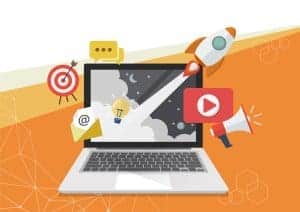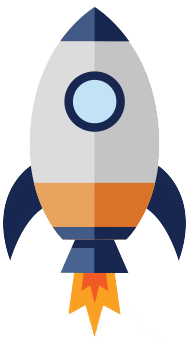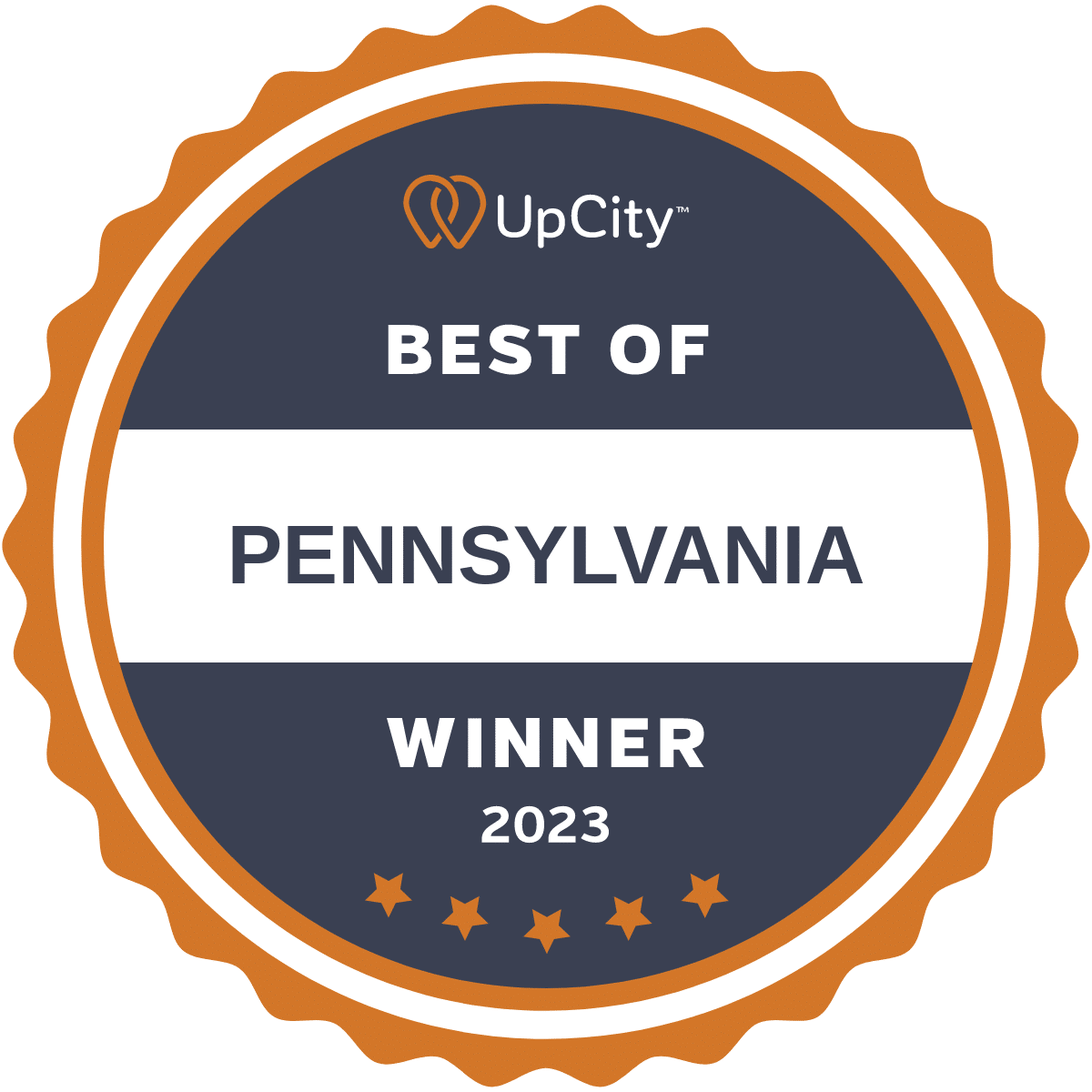As technology continues to evolve, digital marketing is being thrust to the forefront of the marketing world. As digital marketing continues to rise in popularity and effectiveness, it is crucial to understand what digital marketing is and how it can greatly benefit your business.
What is Digital Marketing? What You Need to Know
Digital marketing encompasses all of the strategies that are applied online to help market services or products. These strategies are used to target audiences across a range of platforms, including computers, apps, and tablets.
When scrolling social media platforms like Facebook, you experience digital marketing every time you open your feed. You’re also experiencing digital marketing when you make a Google search for a new hair salon or restaurant to try.
The central purpose of marketing is to connect with your audience at the right place and at the right time. With the popularity and prevalence of the internet, it is the best place to meet your audience. From large corporations like Amazon to small local businesses, digital marketing is a useful tool for anyone who is using a website to sell their products or services.
Digital marketing is a growing field, making it uncommon for businesses not to have an online presence. With the number of hours adults spend online each day increasing, so does the demand for organized, effective digital marketing strategies.
Digital Marketing and Traditional Marketing:
How They Work Together
While traditional marketing and digital marketing have the same goal in mind: to identify your target audience and their needs and to connect them with the services or products to meet those needs and convince them to complete a purchase.
Traditional marketing is still relevant, but when it comes to digital marketing, there are different methods that you need to use to make a connection with your audience when compared to traditional marketing. Let’s explore the difference between these two types of marketing:
Traditional marketing involves:
- Traditional marketing involves reaching out to your local audience through broadcast advertising focused on specific geographic areas or purchasing print products that are delivered to homes in a targeted area.
- In-person marketing events are another digital marketing tool, including events such as conventions, seminars, and conferences.
- Using traditional delivery channels for your company’s message, such as newspaper, television, radio, and magazine ads. Other examples include sales calls and direct mail
- Physical marketing materials are another traditional marketing technique which includes things such as flier, catalogs, and brochures.
Digital marketing involves:
- Direct audience interaction through social media accounts, website comment sections, forums, and more.
- With digital marketing, you can reach anywhere that has internet access, meaning you can reach custom global audiences. These audiences can be customized by demographic such as gender, age, region, and personal preferences that best fit your campaign.
- Like conferences and conventions in traditional marketing, you can host online events such as product/service demonstrations, webinars, and courses that your audience can attend live or view on-demand after the event has concluded.
- Digital marketing also opens up a world of delivery channels that can be tailored to the needs and preferences of your audience. With dynamic web content, you can reach your audience through marketing emails, Instagram or Facebook posts, YouTube videos, and blog articles. This allows the audience to choose to engage with your company in the way that they prefer.
Top 3 Skills and Strategies You Need for Digital Marketing
Traditional marketing still makes up a large part of the general marketing industry, but as digital media has evolved, it has created a need for digital-specific marketing solutions for online use. To use these solutions, there are specific digital marketing skills and strategies that you need to use.
Social Media Marketing
Social media is a crucial part of digital marketing for both large and small businesses. With a variety of online platforms that are here to stay, it is a great way to reach your target audience at a local, regional, national and international level.
By creating a strong social media presence, you provide your audience with a way to engage with your brand outside of your company website. With social media, you can drive traffic to your website through linked content on social media platforms that bring audience members to your blog or website.
When you use social media to promote your product pages, service pages, or blog articles, it helps support your SEO efforts. New views, when combined with SEO-optimized web content, can help you increase your search result rankings. Social media helps to amplify your overall SEO and brand awareness efforts and strategies.
Online Content Marketing
Content marketing is a process that involves creating and sharing relevant, valuable, and consistent content to draw in a specific audience with the goal of driving customer action to make a purchase, schedule a service, visit your restaurant, etc.
With online platforms, you can utilize the unique opportunity of creating this type of content at a relatively low cost to your audience on a regular basis. Rather than paying the premium prices for traditional airtime and advertising methods, you can use a product page, service page, or an SEO-optimized blog article on your company website to help attract your audience through a Google search. With a content marketing strategy, you also provide more active value to your audience compared to the limited value of a traditional advertisement.
Quality digital marketing content aims to mimic the style of a magazine article for a blog post or works as an informational PSA such as a YouTube video. This digital content has the goal of informing the audience of the problem they have and how your services and products can remedy the issue. With traditional advertising, you have a static call to action, whereas, with digital content marketing, you can transform your content to match specific points in the buyer’s journey, allowing you to provide value at a continuous rate based on the needs they have at that moment.
This allows you to keep your digital audience engaged before, during, and after they have purchased a product or service from you. This creates a chain of today’s readers/viewers becoming tomorrow’s buyers, who then refer new audience members after they have made a purchase. Types of digital marketing content include:
-
VideoVideo content focuses on topics that are relevant to your target audience and is typically posted on online platforms
such as YouTube. These videos can also be embedded on your website.
-
BlogsBlog posts are articles that give you the opportunity to address your audience’s pain points and how to solve them.
Marketing emails include newsletters as well as company and product announcements that you can send directly to your
potential customers.
-
Podcasts Podcasts are effective audio content that your can host on your website on various topics relevant to your products,
services, industry, or customer pain points. Your audience can download and listen to this content.
-
Digital DownloadsDigital Downloads, such as guides, are resources written in a longer form that allows you to take blog topics and expand
upon them at a greater length.
By utilizing a variety of content delivery channels, you give your potential customers the chance to engage with your company through the medium that works best for them.
Search Engine Optimization (SEO)
Search Engine Optimization, abbreviated to SEO, is a process used to ensure that your online content is visible to the people searching for it online. Take a minute to search for” what is SEO” on Google. See the first few articles that show up on your screen? That is where you want your articles and web pages to be when someone searches for a topic related to your business or products. SEO is the technique you need to use to achieve this.
The great thing about SEO is that its best practices can be applied to any of your online content, including blog posts, sales pages, service pages, product descriptions, and more. It can also be applied to your website’s architecture through coding and other site changes that will help improve your search engine ranking and indexing. Types of SEO skills include:
Research
Researching keywords and competition utilizing the right applications you can identify specific, relevant Google searches/search engine terms that will help drive traffic to your website.
Creating a strategy
Having an understanding of ranking strategy allows you to develop efficient and effective ways of improving your site rankings. To improve your ranking strategy, you need to create SEO-optimized content for your website and also improve the architecture of your site, which involves resolving issues with outdated or broken links, loading speeds, and optimizing your HTML tags.
Data analysis
Using tools such as Google Analytics and allows you to analyze your website’s traffic numbers and trends. With this information, you can use that data to evaluate your SEO practices.
Learn More About How Digital Marketing Can Supplement Your Traditional Marketing Efforts
At Higher Images, we specialize in all aspects of digital marketing to take your brand to the next level. From SEO and content writing services to digital advertising and web design, we can assist you in creating a professional and impactful online presence. Contact us today to learn more about how digital marketing with Higher Images can elevate your brand.
Bryan Thornberg founded Higher Images. 22 years ago. As Owner and Chief Marketing Officer, he leads his team in all digital projects, consultations, development, marketing, public relations, sales, analytics, account management, and product support.
Latest posts by Bryan Thornberg
(see all)










